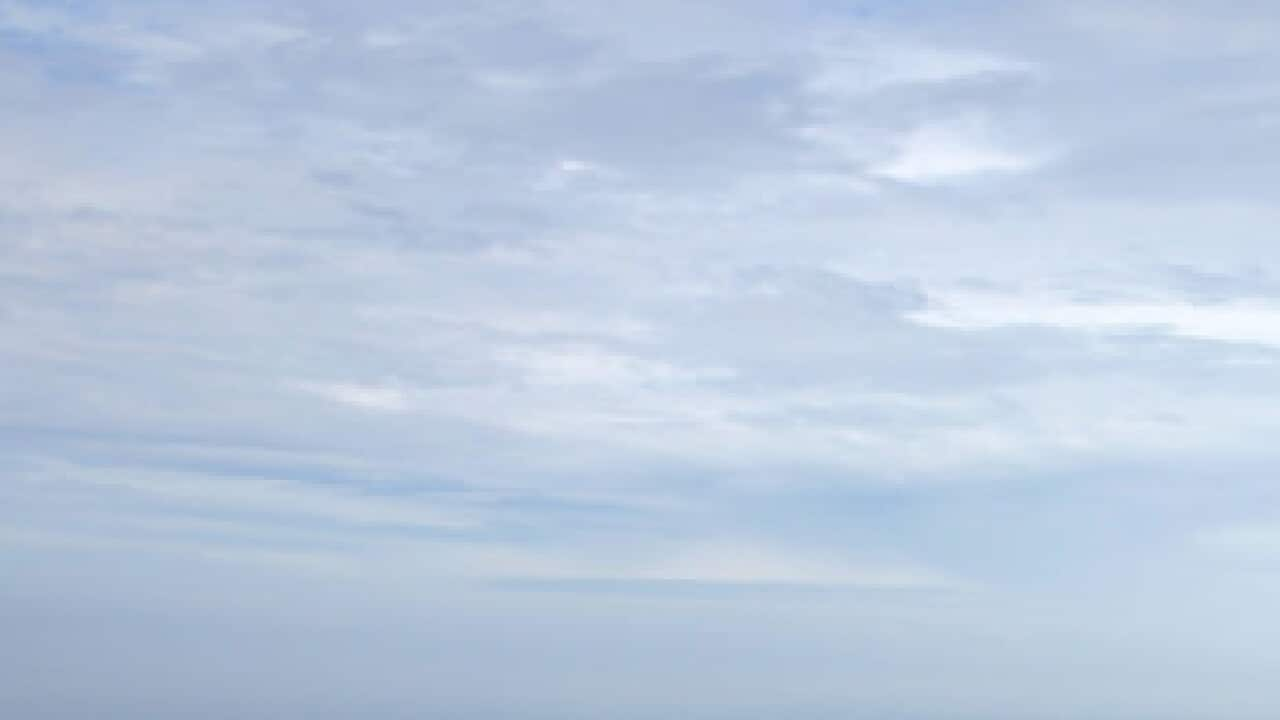On April 25 Australia and New Zealand commemorate Anzac Day.
Most of us know the significance of this day apart from the fact that it is public holiday. On this day, let’s take you on a long and scenic drive of the Great Ocean Road in Victoria.
Confused? We aren’t taking you on a beautiful drive because it is a holiday today, but because the Great Ocean Road is a very important milestone in the history of Anzac Day. We’ll tell you how. Anzac Day is commemorated to pay tribute to and remember those who have served in war. The word Anzac stands for Australia and New Zealand Army Corps - part of the British colonial army as both Australia and New Zealand were colonies of Great Britain.
Anzac Day is commemorated to pay tribute to and remember those who have served in war. The word Anzac stands for Australia and New Zealand Army Corps - part of the British colonial army as both Australia and New Zealand were colonies of Great Britain.

Plaque commemorating the Memorial Arch at Eastern View Source: Alex Zuk, Department of the Environment
It also marks the day of the landing of Anzac troops on the coast of Gallipoli in Turkey in 1915 as part of the campaign against the Ottoman Empire during the First World War. In September 1919, when these soldiers returned back home, many of them were tasked to build a memorial for their comrades who died in battle. The memorial that they built was the 160 kilometre Great Ocean Road. Besides being one of the most hauntingly beautiful and memorable roads, it is the world’s largest war memorial. And a living one at that.
The memorial that they built was the 160 kilometre Great Ocean Road. Besides being one of the most hauntingly beautiful and memorable roads, it is the world’s largest war memorial. And a living one at that.

Source: AAP
The world has no dearth of war memorials - a tangible recognition to pay homage to those valiant soldiers who never made it back alive to their homeland.
The Australian War Memorial at Canberra, the Tomb of the Unknown Soldier in Moscow, the Royal Artillery Memorial in London, The Menin Gate at Ypres, Belgium and the India Gate in New Delhi are some the world’s best known and most visited war memorials. They're usually built in the shape of museums, monuments, tombs, graveyards, gates, columns, walls, arches, cenotaphs and statues.
They're usually built in the shape of museums, monuments, tombs, graveyards, gates, columns, walls, arches, cenotaphs and statues.

India Gate is lit up in the colors of the Indian flag on India's 69th Republic Day in New Delhi on January 26, 2018. Source: AAP
While it is only natural for war memorials to employ symbols that signify death, the end of a journey, the Great Ocean Road is unique. It is perhaps the only war memorial in the world that signifies the start and continuation of a journey. A road that symbolises life, growth and progress, unlike a tomb which stands for the end of everything that once had life and breath.
Those of us in Victoria, especially in Melbourne, are very lucky to live so close to what is perhaps the most lively war memorial in the world. It all started when, towards the end of the First World War, funds were made available to the State War Council by the chairman of the Country Roads Board, William Calder (in whose honour, Melbourne’s famous Calder Highway was built), to construct a road along the Bass Strait and Southern Ocean. Employment was to be given to soldiers who had returned from the First World War. This meant that Victoria’s rugged south-west coast would now have access by road as well. Until then, this part of Victoria’s coastline was accessible either by sea or through the forest. The soldiers, who fought on behalf of the British Crown while in the theatre of war, gave the local inhabitants a convenient access to the rest of the country and gave Australia one of its most vital road links and tourist attractions.
This meant that Victoria’s rugged south-west coast would now have access by road as well. Until then, this part of Victoria’s coastline was accessible either by sea or through the forest. The soldiers, who fought on behalf of the British Crown while in the theatre of war, gave the local inhabitants a convenient access to the rest of the country and gave Australia one of its most vital road links and tourist attractions.

Thousands of veterans were employed for the construction, using picks, shovels and horse-drawn carts. Source: Australian War Museum
Nearly 3,000 soldiers began their work to build the road in 1918, then tentatively named the South Coast Road. The route marked out was from Barwon Heads through Cape Otway and all the way to Warrnambool. Subsequently, The Great Ocean Road Trust was formed under the leadership of the Mayor of Geelong, Howard Hitchcock in 1918. The Trust was able to secure 81,000 GBP (Australia was under British rule then) by way of private subscription and borrowing. Mayor Hitchcock’s even contributed 3,000 GBP from his own pocket to make this Herculean task a reality. Considering the lack of technology back in 1918, constructing a road sandwiched between the sea and mountains, was actually like getting stuck between the rock and the deep blue.
On 26 November 1932 the route was officially opened and today, this majestic road spans 243 kilometres and is the widely accepted to be the finest contribution soldiers have made in history, of course, after fighting for the nation.
For more, listen to the feature in Punjabi.




